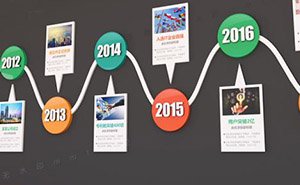Benchmarking management was initiated by Xerox Corporation of America in 1979. Through comparative analysis, finding gaps, adjusting strategies, changing strategies, and reorganizing processes, Xerox regained market share. Subsequently, Motorola, IBM, DuPont, GM and other companies followed suit.
Benchmarking management is a virtuous cycle of asking questions against standards, comparing gaps to find gaps, and constantly looking for and researching best management practices to enable companies to continuously improve and surpass first-class companies to create outstanding performance. Benchmarking management is a tool for creating templates, which can help companies create their own management models and working templates, and is the best tool for achieving management innovation and gaining a competitive advantage. According to the survey of "Global Benchmarking Network", benchmarking management has become the third most popular strategic management method for enterprises.
The role of benchmarking management:
Help to formulate a more appropriate development strategy,
Contribute to the effective improvement of corporate performance,
Help build a learning organization,
Help to implement total quality management,
Help the company to continue to improve.
The benchmarking management is divided into: internal benchmarking, competitive benchmarking, industry benchmarking, cross-industry benchmarking.
1. Internal benchmarking. It is mostly used for the similar functions of different molecular companies or departments within a relatively large-scale company. For example, the State Grid often looks for benchmarks in many molecular companies under its jurisdiction to find internal learning examples.
2. Competitive benchmarking. In industries where competition is relatively strong, we pay more attention to competitors ’trends, because there are similar products and markets, and learn from competitors’ business practices.
3. Industry benchmarking. Industry benchmarking is the search for benchmarks in the same industry. For example, the subway industry in mainland China generally learns advanced operating management experience such as MTR, Taiwan subway, and Singapore subway.
4. Cross-industry benchmarking. The benchmarking of different industries occurs from time to time. Although the author has several customers who are not in the communications industry, they still fully benchmark Huawei, learning wolf culture, learning goal management, and learning equity incentives.
对标管理的基本原则:
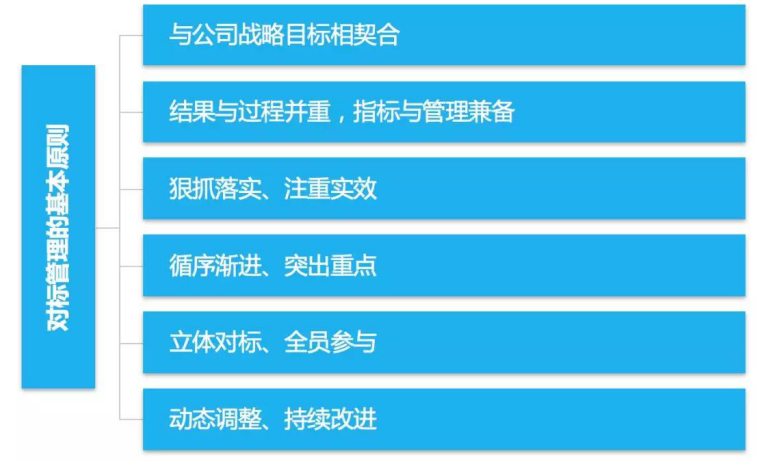
Benchmarking management follows: the implementation cycle of establishing, benchmarking, reaching, and creating standards
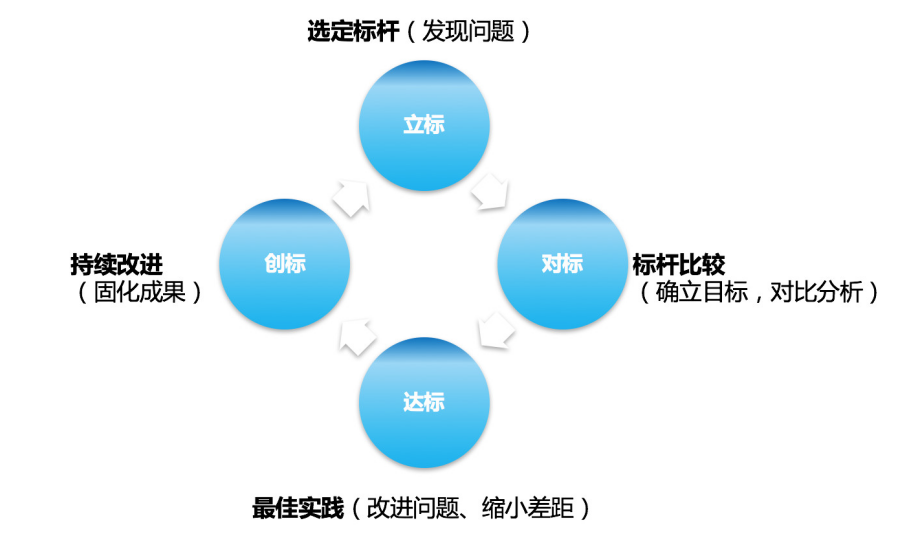
Benchmarking: that is, to select a benchmark and choose the benchmark object that best suits your situation
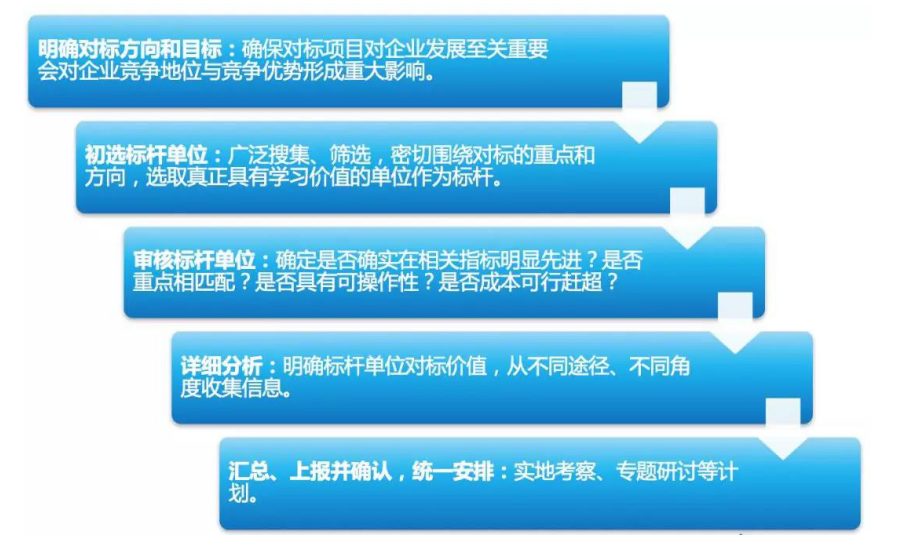
Benchmarking: benchmarking, through data analysis, clear gaps, find improvement goals, and formulate improvement measures
• Benchmark with selected benchmarks, study the gaps between benchmarking companies in terms of scale and value creation, marketing, internal operations, human resources, financial management, information capital, organizational capital, etc., analyze the reasons, formulate improvement measures and implementation plans .
• By formulating investigation plans, organizing investigation and research activities, collecting information, collating information, analyzing and summarizing, objectively judge the gap with benchmarking enterprises, such as key indicators, indicator differences, influencing factors, and influence degree, and analyze the causes, analysis conclusions, Improve measures and write benchmark analysis report.
• Focus on achieving benchmarking goals, implement benchmarking responsibilities to people, improve work processes, and improve management goals.
Reaching the standard: the best practice, according to the specified improvement measures and implementation plan, comprehensively implement the improvement work, and evaluate the results, summarize the experience, form the best practice and promote the application
• Through learning best practice methods, in the process of improvement and improvement, continuously sum up successful experiences, summarize and refine their own best practice classic cases, and repeatedly refine and form best practice standard methods and promote their application to become a problem or a task. The best solution.
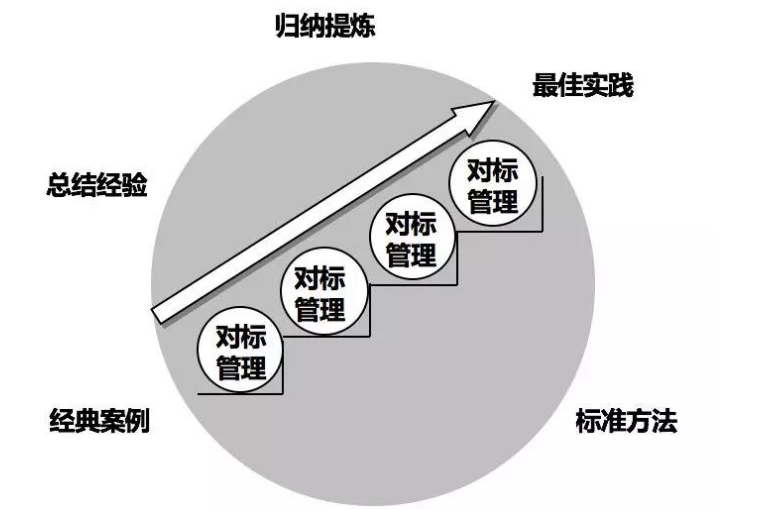
Standard creation: continuous improvement, on the basis of best practices, summarizing the effectiveness of benchmarking work, evaluating benchmarking management achievements, continuously conducting benchmarking work, continuously improving in practice, creating new best practices, and promoting the achievement of standards and exceeding standards 、 Creating standards, improving and perfecting benchmarking management index setting, benchmarking management practice test and related assessment, benchmarking management index analysis and execution analysis, summarizing and evaluating benchmarking management implementation effect, and then launching new benchmarking management work .
对标管理认识的误区:
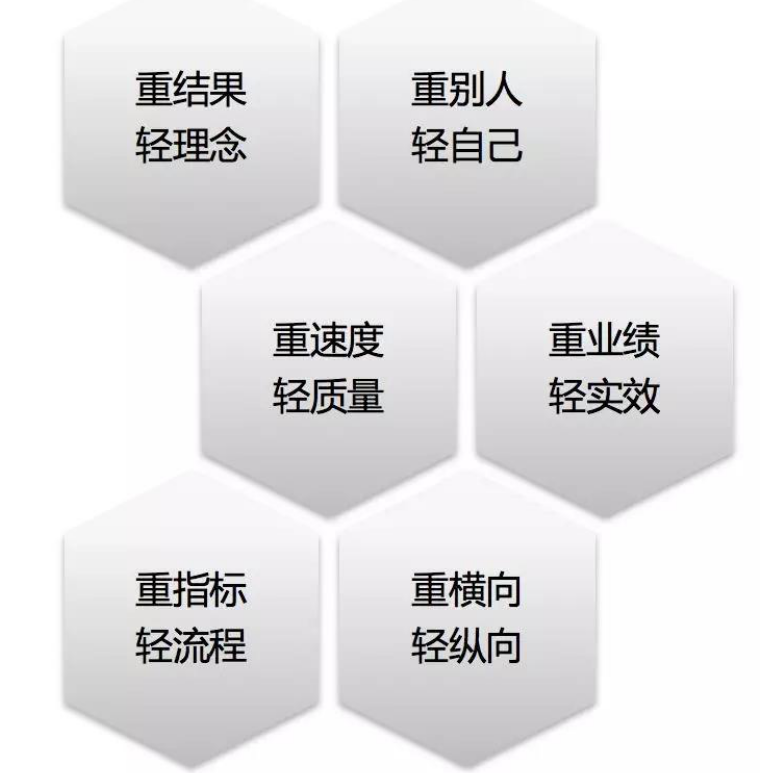
Ways to get out of the misunderstanding:
1. Enhance the awareness of benchmarking
2. Create a good management atmosphere
3. Strengthen refined management
Special thanks to Li Ximeng, vice president of Peking University, for his support and help!



